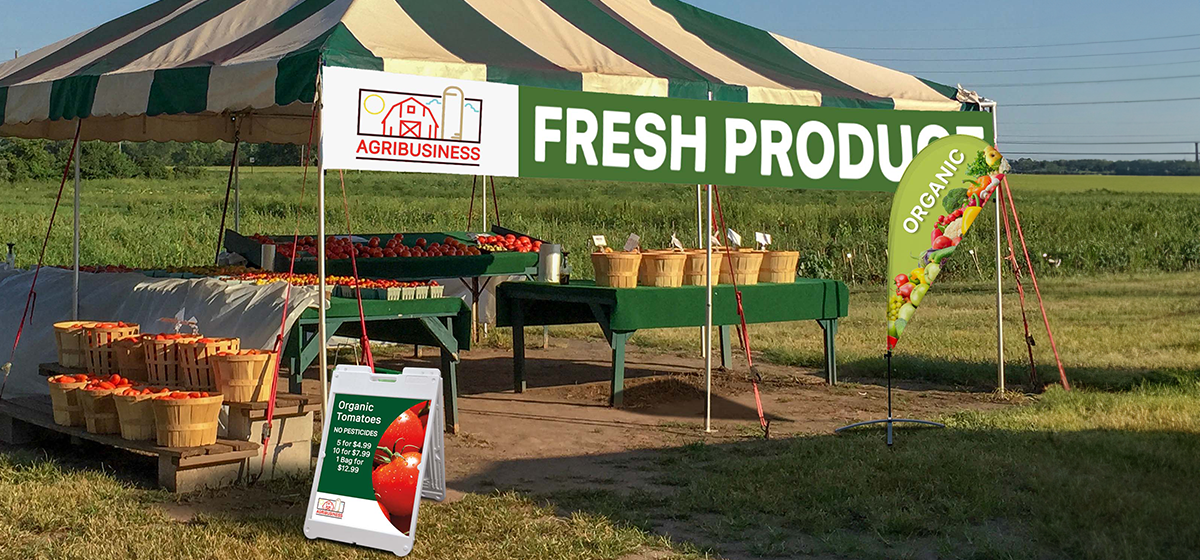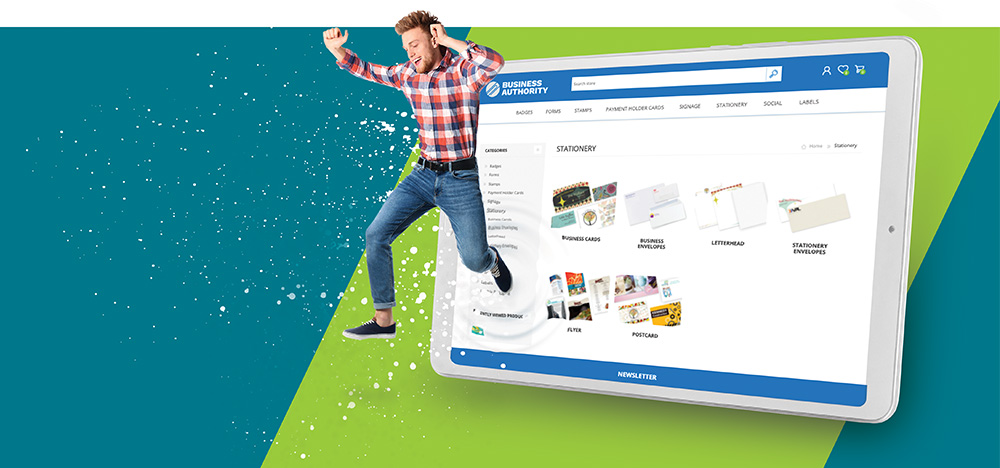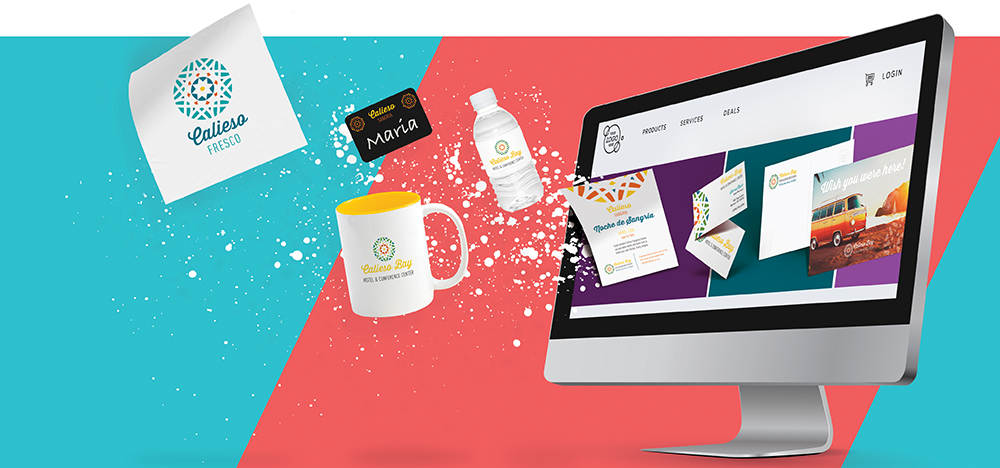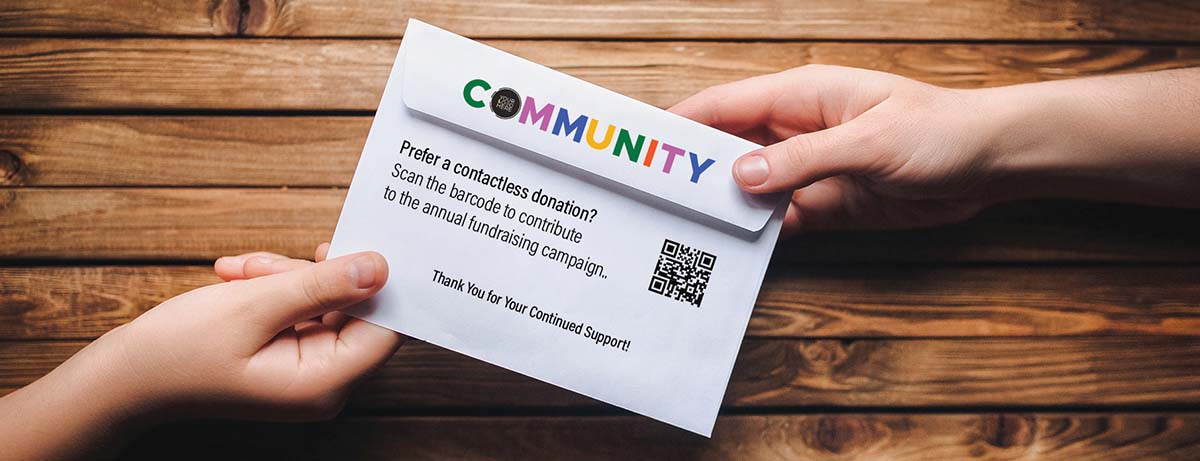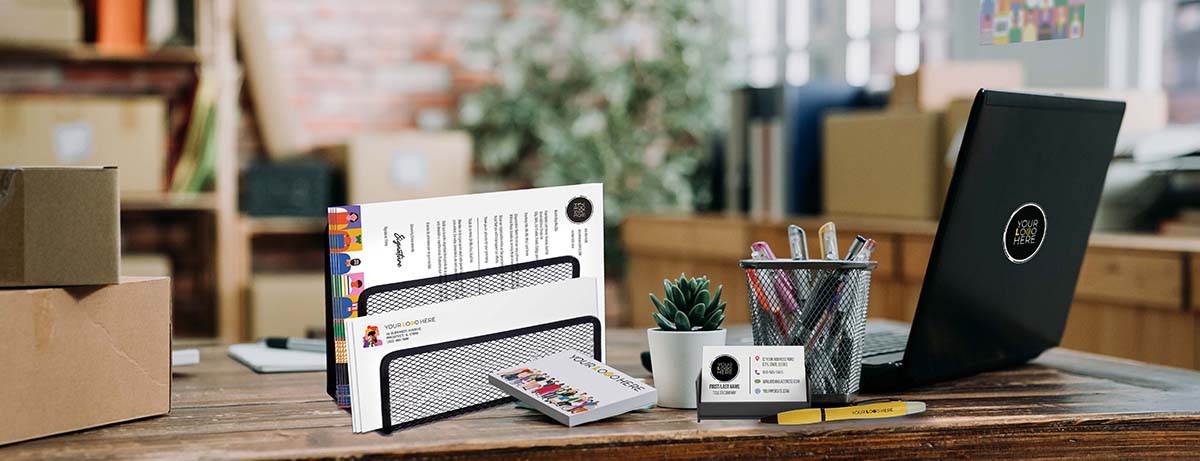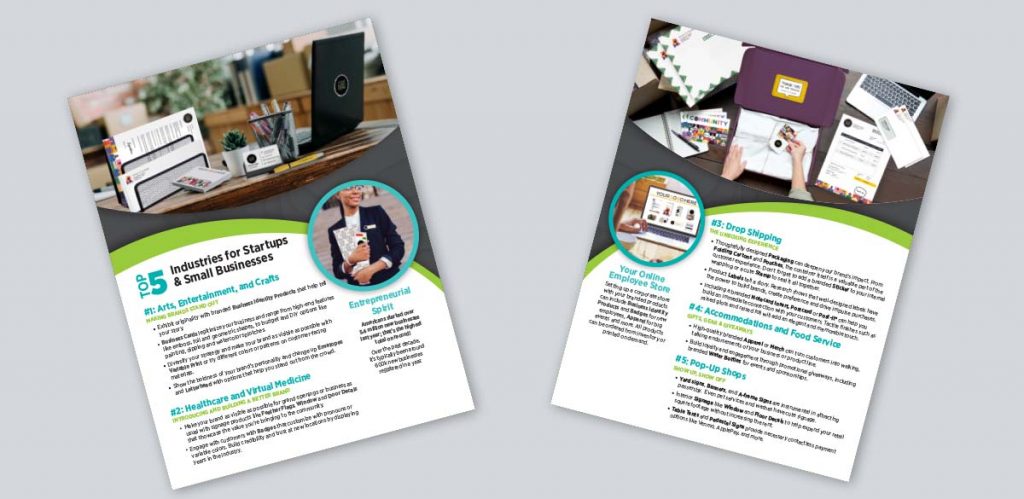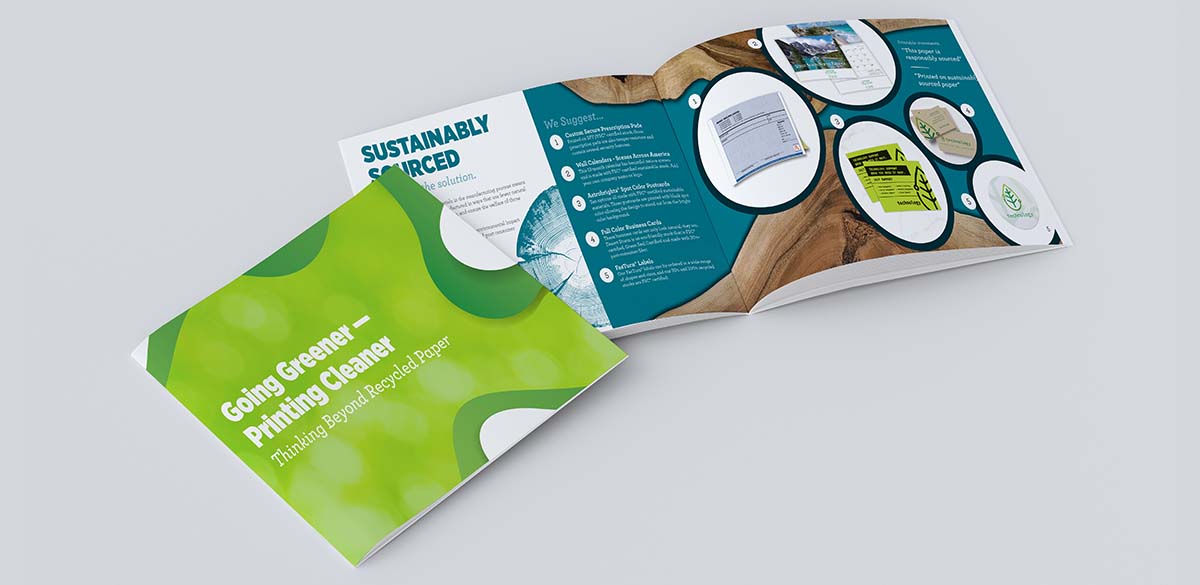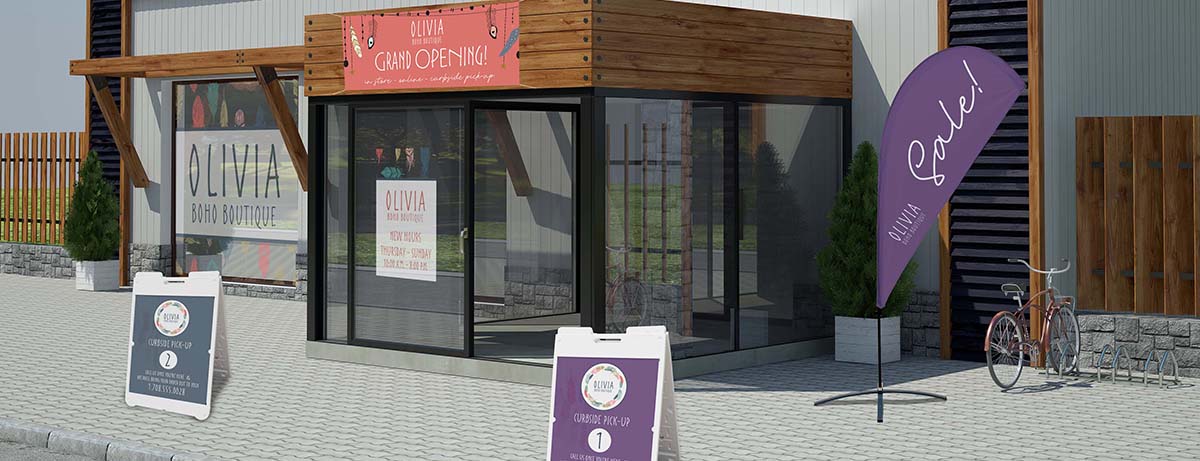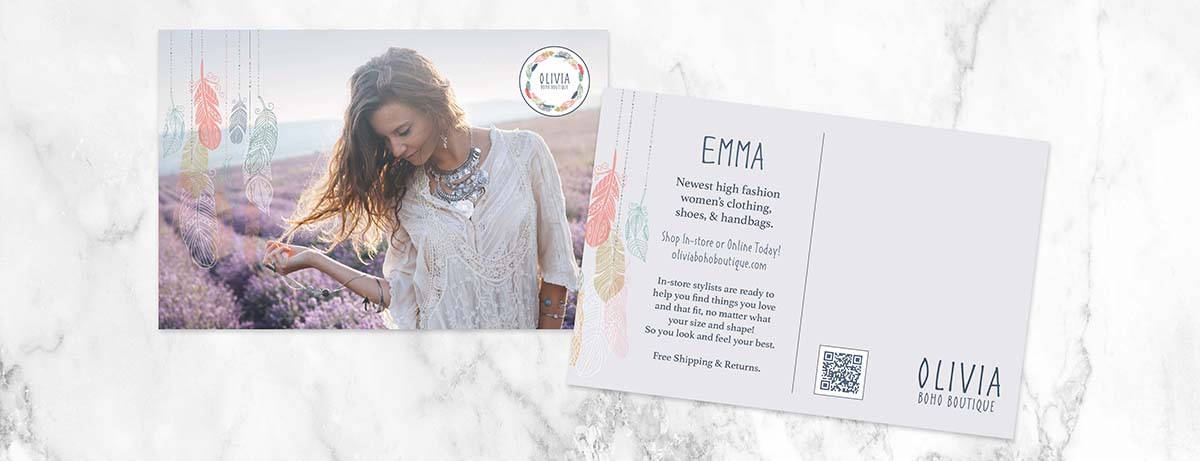
In the world of marketing, staying ahead of the curve is essential to capture the attention of customers and promote brands effectively. Unexpectedly, trading cards have emerged as the biggest summer growth product, with orders increasing exponentially. These versatile collectibles are not just for hobbyists and sports enthusiasts; they have become a powerful tool for businesses and communities to boost their marketing efforts.
Creative uses of trading cards:
- Promoting local sports teams – trading cards featuring local athletes and team stats can be distributed at games or sold in stores.
- Announcing big events – create limited-edition trading cards to announce significant events, festivals, or concerts, adding an element of exclusivity.
- Community activities or groups – celebrate community members’ achievements or highlight local initiatives on trading cards using “did you know” facts about the area.
- Breweries and wineries – design unique trading cards showcasing various brews or wine varieties, encouraging customers to collect them and explore available offerings. These are also fun ways to add to the packaging at the counter, or to your displays in the store.
- Pets – appeal to pet lovers for the shelter animals to promote adoption by putting their faces and names with adoption instructions or donation needs.
- Clubs – whether it’s a book club, hobby group, or fitness class, custom trading cards can unite members and promote a sense of belonging. Cards can be instructional (the cards you get are the exercises you have to do) or inspirational (each class has a theme promoting wellness or balance).
- Local fire, EMS, ambulance, and police – honor local heroes by creating trading cards that showcase their bravery and service to the community with facts and stats about their organization.

BONUS! A clever promotional idea
Capitalize on the trading card trend by offering a discount to your customers if they include your logo on the cards. This mutually beneficial strategy maximizes marketing exposure for both you and your customers.
How to order online
Ordering trading cards through Navitor’s platform is quick and easy.
- Just visit https://www.navitor.com/products/trading-cards and select the “Multiple Designs” option. Specify the number of unique designs you want for your order. For example, if you have five designs and want 100 cards for each design, note “5” in the “Number of Designs” field and select “100” in the “Select Quantity” field.
Personalization and approval process
- Each trading card can be personalized with interesting stats, Q&As, and variable images. Upload your artwork into the tool for Product 1, Product 2, Product 3, etc. PDF proofs can be emailed to customers for approval.
- After thorough review and approval, check “I accept and approve my artwork”, and click NEXT in the order to save your project in your cart. Once all fully approved, then you can check out!
Fast shipping and completion
Navitor’s efficient production process ensures that trading cards ship within two days of placing the order, so you’ll get your order fast!
The takeaway
If your customers are looking to enhance their marketing game, have them consider trading cards. Embrace the trend. Order custom trading cards from Navitor today and unlock the potential of this exciting marketing medium.



